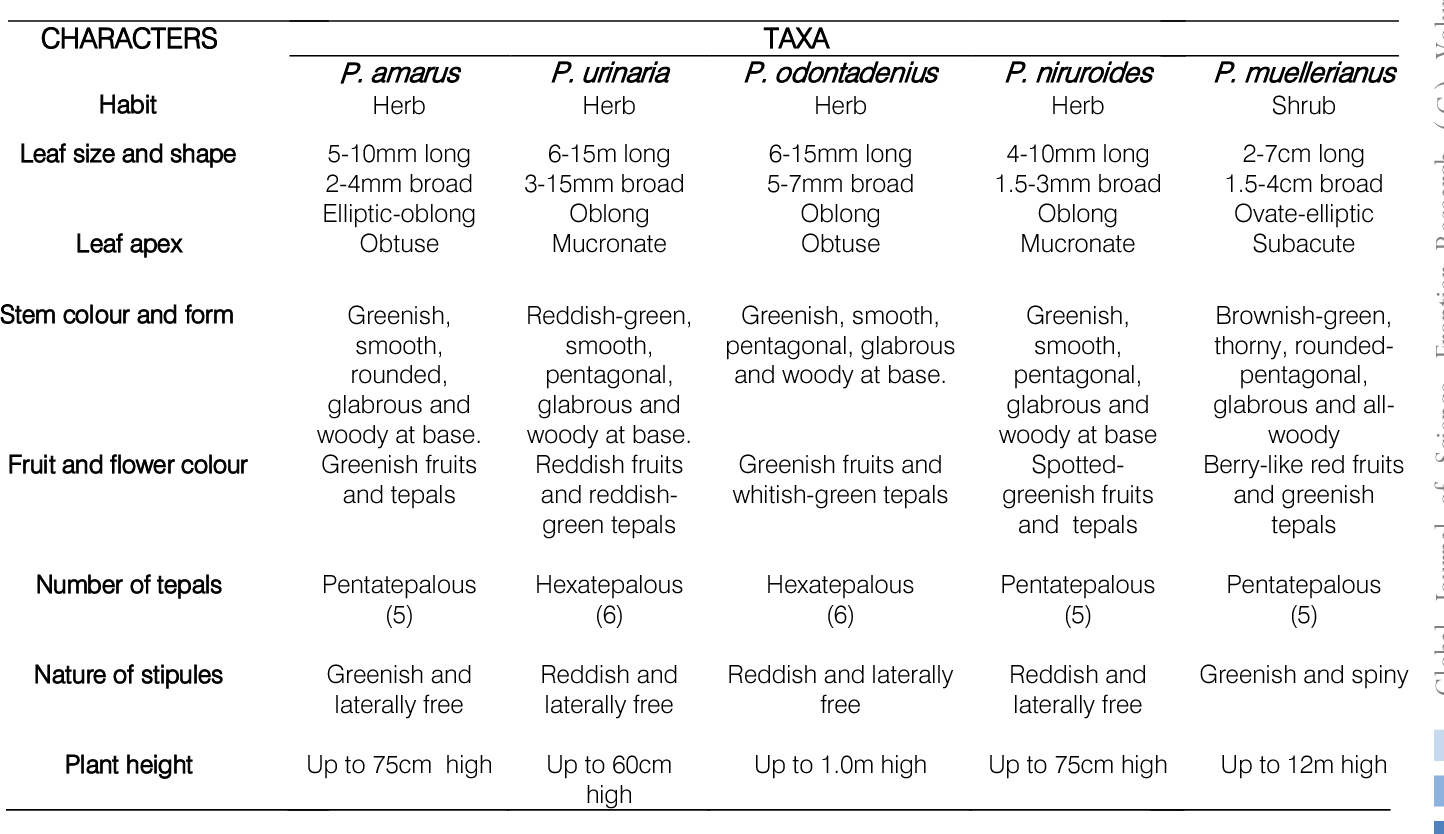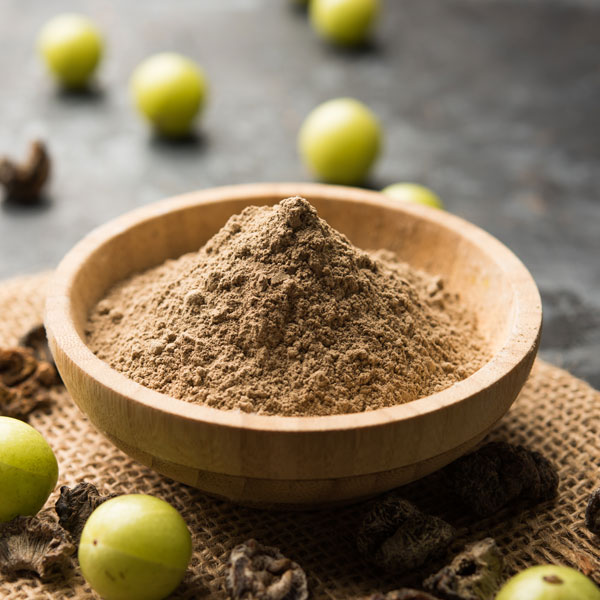Amla and its uses.
Introduction
Amla, also known
as Indian gooseberry, is a fruit that has been used for its nutritional and
medicinal properties in traditional medicine systems like Unani Medicine. Its
usage has been documented from ancient times, and it continues to be widely
used today. This article explores the background information on the amla plant,
its nutritional and medicinal properties, culinary uses, commercial
applications, cultivation practices, and harvesting practices.
Background
Information on the Amla Plant
Amla belongs to
the family of Phyllanthaceae which includes more than 1000 species of plants.
It is native to India but can also be found in other parts of Asia such as
China and Malaysia. The tree grows up to 18 meters high with small leaves that
are alternately arranged. Amla fruit is round or oval-shaped with light green
color when young before turning yellow-green or red-yellow when ripe.
Nutritional and Medicinal Properties of Amla
The amla fruit
contains various phytochemicals such as flavonoids (quercetin), tannins
(ellagitannins), alkaloids (phyllembelic acid), vitamins (vitamin C) among
others. These phytochemicals have antioxidant properties that scavenge free
radicals within cells thus protecting them from oxidative damage caused by
reactive oxygen species.
Studies have
shown that regular consumption of amla can help lower cholesterol levels
thereby reducing risks associated with cardiovascular diseases like heart
attacks or stroke. Furthermore, it has anti-inflammatory properties which make
it useful in treating inflammatory conditions like arthritis.
Culinary Uses of
Amla
Amla's sour taste
makes it suitable for culinary purposes where it's often used in pickles
chutneys sauces jams preserves among other dishes especially in Indian cuisine.
Its powder form can be added to smoothies juices teas yogurts or even baking
recipes.
Commercial
Applications of Amla
Amla has several
commercial applications in the food and cosmetic industry. In the food
industry, amla is used as an ingredient in energy drinks juices sweets
chocolates jams among others. Its high vitamin C content makes it a popular
ingredient in skincare products like face masks toners serums among others.
Cultivation and
Harvesting Practices of Amla Plant
The amla tree can
grow well in various soils but prefers those with good drainage. It requires
adequate sunlight, water, and nutrients for healthy growth. The harvesting
period varies depending on the region where it's grown.
Conclusion
In conclusion,
the amla fruit has various nutritional medicinal culinary uses with several
commercial applications making it an important plant species worldwide. Furthermore,
there's increasing demand for its usage given its health benefits thus more
research should be conducted to discover additional properties that could be
useful in treating other ailments.
References
Masihuddin, M., Jafri,
M., Siddiqui, A., & Chaudhary, S. (2019). Traditional uses, phytochemistry,
and pharmacological activities of amla with special reference of unani medicine
- an updated review. Asian Journal of Pharmaceutical and Clinical Research,
12(5), 1-8. https://innovareacademics.in/journals/index.php/ajpcr/article/download/29178/19290
Borah, N., Nanda, A.
G. P., & Anagha, A. (2022). Phyllanthus emblica (Amla): A review of
nutritional and medicinal properties. International Journal of Current
Microbiology and Applied Sciences, 11(1), 1-11.
https://www.ijcmas.com/11-1-2022/Nayana%20Borah,%20et%20al.pdf
As, S., Kumar, K.,
& Rajalakshmi Ks, V. (2021). Evaluation of anti-lipid peroxidation and
cytotoxic activity in the methanolic extracts of Hibiscus and Amla.
International Journal of Plant Sciences, 9(3), 323-327.
https://www.plantsjournal.com/archives/2021/vol9issue3/PartA/9-3-22-323.pdf












Comments
Post a Comment